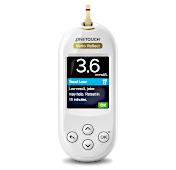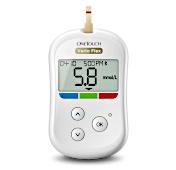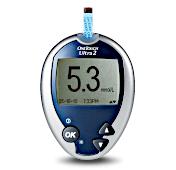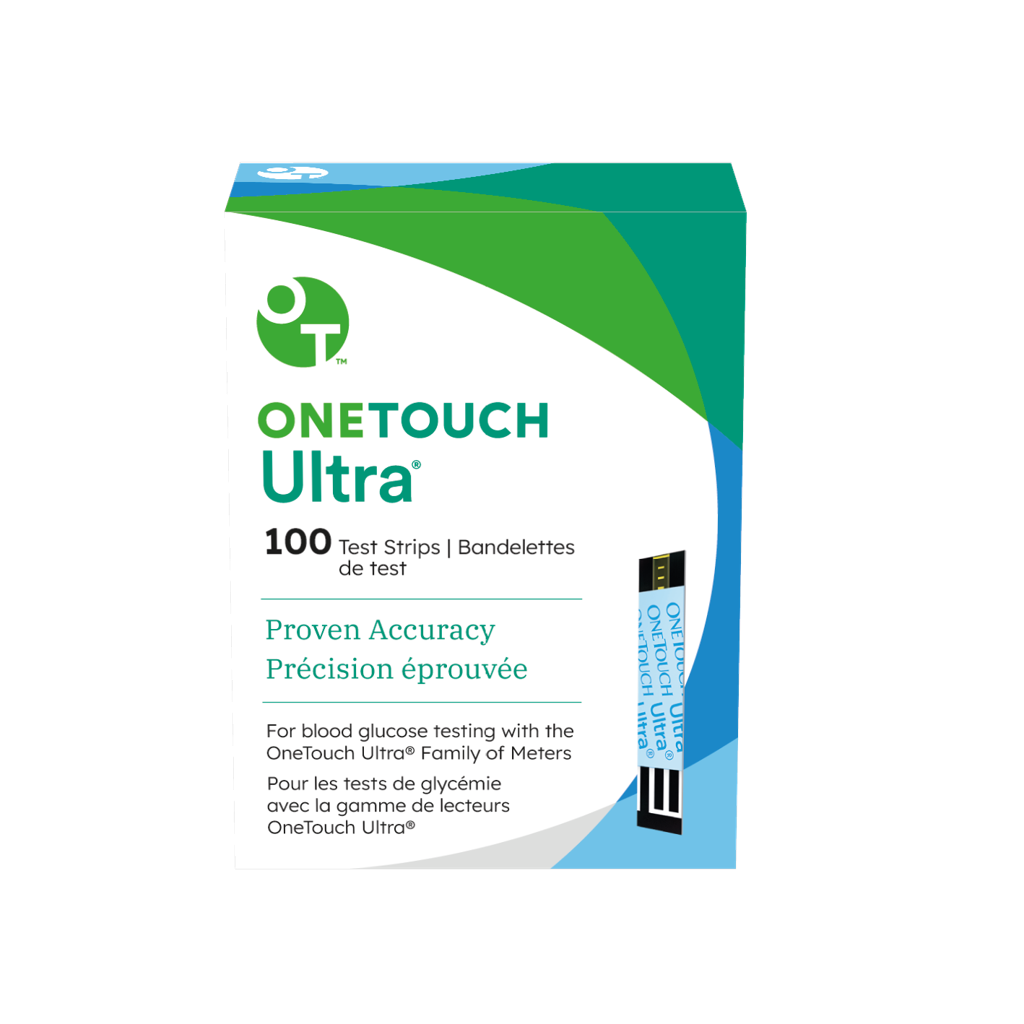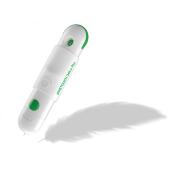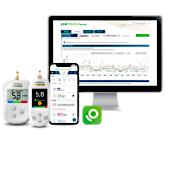Insulin Therapy and Its Role in Managing Your Diabetes

Learn more about insulin therapy for managing diabetes.
A very simple pattern might look like this: At bedtime, a dose is administered; this is called the “basal” insulin. This would be an intermediate or long-acting insulin that will last throughout the night to control the glucose produced by the liver. (This is also called “background” insulin.)
Some people may also need a different insulin to cover the glucose produced as you digest a meal. You might administer a rapid-acting insulin immediately before a meal. This insulin would work to cover the rise in glucose that results when you digest the carbohydrates in the food. That dose may have to vary, depending on how many carbs you plan to eat and how high or low the glucose level may be at the time of administration.
Basal insulin
The role of basal insulin, sometimes called "background" insulin, is to maintain consistent blood glucose levels during periods of fasting and between meals to keep your glucose levels in range and allow the cells to take in glucose for energy. This kind of insulin is generally taken once or twice a day; therefore, basal insulin will either be long-acting insulin or intermediate-acting insulin. Some people use an insulin pump to deliver their insulin doses. An insulin pump can deliver a small amount of rapid-acting insulin continuously as another way to give this basal insulin coverage.
Bolus insulin
As opposed to long-acting insulin taken once or twice daily, bolus insulin is taken at mealtimes to help manage blood glucose levels. Depending on the person and their needs, it can be taken before, during or after the meal. Because it needs to act quickly, short-acting insulin or rapid-acting insulin will be used. Your healthcare professional will be able to help if you have questions about when your bolus insulin should be taken.
Insulin delivery systems
You can take insulin with pens, syringes, or pumps according to your needs and/or access. Newer devices and shorter needle lengths are available to make taking insulin easier.
Insulin pens are loaded with a cartridge that contains insulin. They are convenient, easy to carry, and ensure accurate dosing. A pen tip is added. You will need a separate insulin pen for each type of insulin you use. If you need to use two types of insulin at the same time, you will need two separate pens and give yourself a dose from each pen.
Insulin syringes today have needles that are smaller than ever and have special coatings, so administration is as painless as possible. If you need to use two types of insulin at the same time, and they are not available in a premix formula, you may be able to use one syringe to draw up both types of insulin and give yourself only one administration. Please check with your healthcare provider to see if the types of insulin you take are compatible to be mixed together in the same syringe.
Insulin pumps are a safe, effective way to deliver insulin and are most often used by people who need multiple daily administrations of insulin for their diabetes. The device involves a small catheter, which is inserted through the skin, and a pump, which is about the size of a pager, that is worn outside the body.
Talk to your healthcare professional or diabetes educator about which device is right for you.
References:
Diabetes Canada. (2018, April). Thinking of starting insulin. Retrieved March 12, 2021, from https://www.diabetes.ca/diabetescanadawebsite/media/managing-my-diabetes/tools%20and%20resources/thinking-of-starting-insulin.pdf?ext=.pdf.
Diabetes.co.uk. (2020, February 14). A basal-bolus injection regimen involves taking a number of injections through the day. Retrieved March 12, 2021, from https://www.diabetes.co.uk/insulin/basal-bolus.html#:~:text=What%20is%20a%20basal%2Dbolus,glucose%20levels%20resulting%20from%20meals.
McGibbon A, Adams L, Ingersoll K, Kader T, Tugwell B. Diabetes Canada 2018 Clinical Practice Guidelines for the Prevention and Management of Diabetes in Canada: Glycemic Management in Adults With Type 1 Diabetes. Can J Diabetes 2018;42(Suppl 1):S80-S87.
Related articles
CA-OTB-2100019

